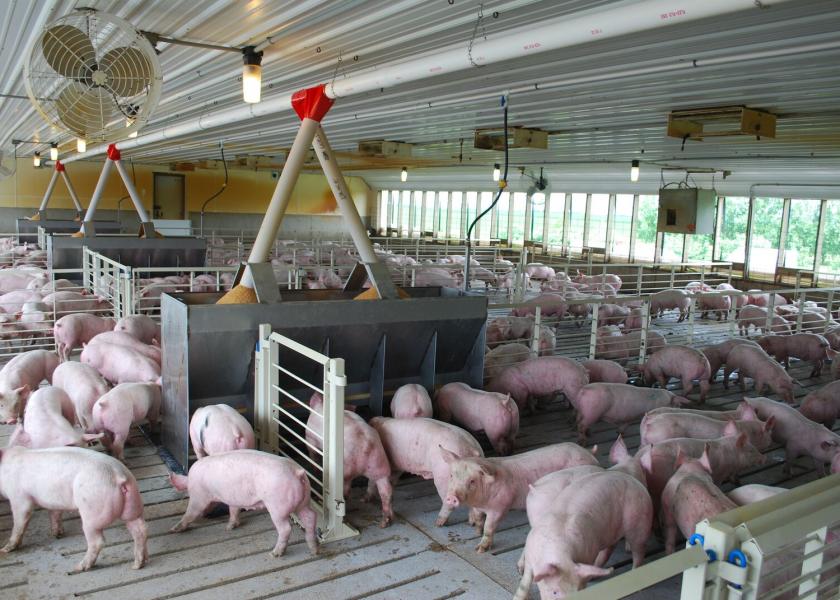3 Tips to Prevent Tail Biting

Tail biting is a behavioral problem that involves both biters and victimized pigs. The biters are triggered by things such as genetics, physiology, or insufficient housing, nutrition or environmental enrichment needs. The victimized pigs, or those that have their tails bit or even chewed off completely, are attractive to biters because of their sex, body size or their insensitivity to being chewed. In a PorkBridge webinar, Yuzhi Li, Associate Professor-Swine Behavior/Alternative Production at the West Central Research and Outreach Center at the University of Minnesota, offered tips to combat this problem.
Research has shown that while biting happens in herds with both docked and undocked tails, it is more prevalent in undocked herds, Li says. Not only is it painful for the victimized pigs and can lead to infection, the damage caused by biting and infection can lead to carcass trim loss, with more of the animal having to be trimmed away to remove the damaged area. If too severe, the pig may not even be able to be sold at all, Li notes. Pigs that are victimized generally weigh less than non-victim pigs.


Here are three things you can do to reduce or prevent tail biting in your herd.
- Provide environmental enrichment. “Provide a small amount of substrate to pigs daily. It must be destroyable or easily manipulated, but the main thing is that it’s novel. If it’s not new, it won’t keep the pig’s interest,” Li says. The pigs can chew on that rather than each other.
- Observe the herd daily and catch any biting early. This will allow you to remove the tail biters promptly, Li says. There is usually an “indicator pig” that is the first pig to show signs of being bit and indicates that there is a biter or biters in the pen. At the first sign of an indicator pig, it is time to find the tail biters and remove them from the pen. Catching the behavior at the first sign prevents it from spreading.
- Optimize the housing environment. Pigs are more likely to bite if there’s competition for resources in the pen. “Fighting for space at the feeder or drinker can lead to chewing on each other,” Li notes. “There should also be ample and comfortable laying areas, proper ventilation and lighting.”







